Three times a year, the Lord commanded His people to ascend to Jerusalem for the three main pilgrimage festivals of Pesach, Shavuot and Succot. The Bible refers to them as the “Feasts of the Lord,” meaning they were divinely instructed holidays which God expected His people to keep (Leviticus 23:1ff). According to Scripture, each one is a mo’ed, or “appointed time.” In a way, they can be understood as entries on a heavenly calendar when God decides to meet with His people in a special way. But of these three festivals, the Feast of Tabernacles (or Succot) was considered the greatest.
Over the centuries, Christians have celebrated the first two feasts during Easter and Pentecost. But the third feast of Succot has not been celebrated throughout most of Church history. Only during recent decades has Succot increasingly become part of the Christian holiday calendar—in no small part due to the Feast of Tabernacles sponsored for over 40 years now by the International Christian Embassy Jerusalem.
The Message of the Feasts
All three feasts were celebrations of thanksgiving for the different seasons of harvest in Israel’s calendar.
During Passover, when the very first fruits were presented from the barley crop, wheat and other produce was still weeks away from being ready for harvest. It was a statement of faith to place all produce of that year under God’s blessing.
Pentecost took place exactly fifty days after the “day after the Shabbat” when a sheaf of barley, the first grain crop to ripen, was offered to the LORD (Leviticus 23:15f). The spring crop of wheat had now fully ripened and was dedicated to God. “And you shall observe the Feast of Weeks, of the firstfruits of wheat harvest…” (Exodus 34:22). It was a Feast of thanksgiving to celebrate the faithfulness of God. But other crops would still follow.
Secondly, each feast commemorates a specific period in Israel’s history. Pesach remembers the deliverance from bondage in Egypt. On Shavuot, Israel recounts how God came down with fire on Mount Sinai and delivered the Ten Commandments. And during Succot, the people of Israel recall their 40 years of wandering in the Wilderness, living in temporary shelters and yet experiencing the supernatural provision of God.
All three feasts have their fulfilment in the person of Jesus. Easter honours Jesus as our spotless Passover Lamb, who rose from the grave as the ‘first fruit’ from the dead (1 Corinthians 15:20). Then Pentecost is celebrated as the time when the Spirit of God fell on the disciples of Jesus and resulted in an initial harvest of 3000 souls into God’s kingdom. Lastly, Succot celebrates the final and most precious harvest of the year, and today, there is no doubt we are experiencing the largest harvest of souls in Church history. In every nation, the Gospel of the Kingdom is being preached and great efforts are underway to reach the last tribes and tongues with the Good News of Jesus Christ.
A further fulfilment, however, centres around the main characteristic of Succot— the tabernacle.
The Booths
The chief symbol of Succot for most people is the building of a booth or tabernacle (succah in Hebrew), as commanded by God: “You shall dwell in booths for seven days. All who are native Israelites shall dwell in booths.” (Leviticus 23:42)
Every year, it is always fascinating to see Jewish families all over Israel build succahs on their porches or in their gardens. For an entire week, God commands His people to dwell in these frail tabernacles—to relive the Wilderness experience. These small huts have flimsy walls and a roof barely covered with branches. The rabbis say you need to be able to see the stars at night through the roof. In this make-shift tent, the whole family is supposed to eat their meals, study and even sleep.
Recapturing the desert experience serves to remind everyone that we still live in a fragile world, and, despite our prosperity, we are still dependent on God to sustain us. Paul refers to this enduring truth that we live in earthly booths:
“For we know that if our earthly house, this tent, is destroyed, we have a building from God, a house not made with hands, eternal in the heavens. For in this we groan, earnestly desiring to be clothed with our habitation which is from heaven…” (2 Corinthians 5:1-2).
These past two years of a global pandemic and now a brutal war in Ukraine have reminded all of us just how fragile life can be. Even Christians are shaken by these events and often wonder where is God? But Paul says that as we experience our frailty and feel “hard-pressed on every side… and perplexed,” we should not despair (2 Corinthians 4:8); this is the ordinary life of a believer in Christ, and it should not crush us but rather bring us closer to Him.
Only when Messiah returns will we receive our full redemption in a new resurrected body, but until then we are still groaning (2 Corinthians 5:2), waiting like Abraham for the city whose builder and architect is God (Hebrews 11:10).
One of the pilgrimage psalms sung at Succot proclaims: “Behold, how good and how pleasant it is for brethren to dwell together in unity!” (Psalm 133:1) This, the Psalmist adds, releases God’s anointing and “there the Lord commanded the blessing—life forevermore.”
In many ways, the Feast of Tabernacles has become a global succah for Jews and Gentiles, and the special unity we have in Yeshua becomes a catalyst for God to send a breakthrough. I pray that you can join us this year and experience the Feast outpouring for yourself!




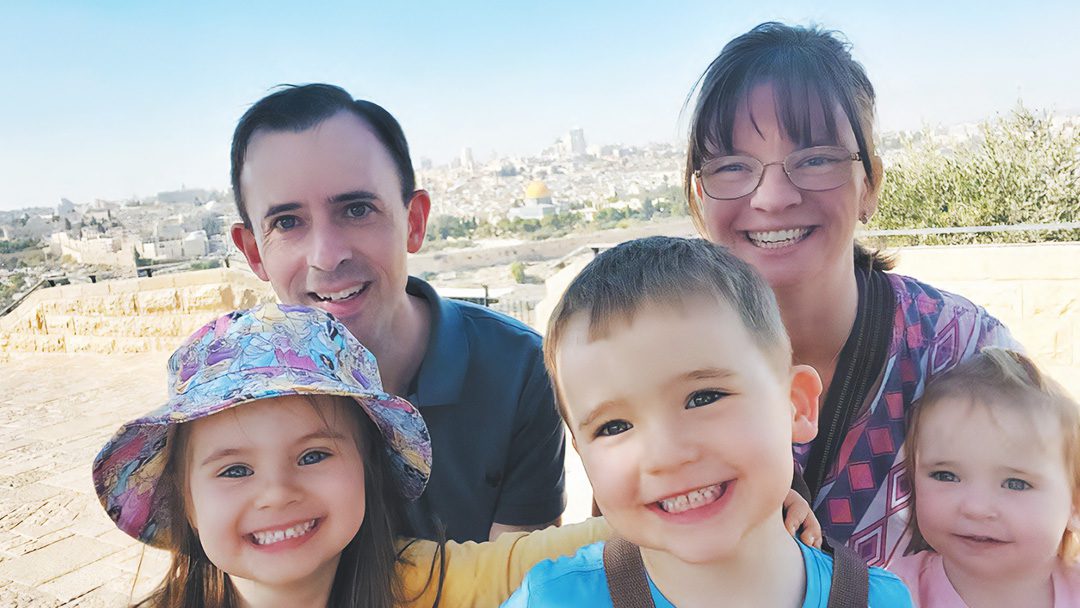

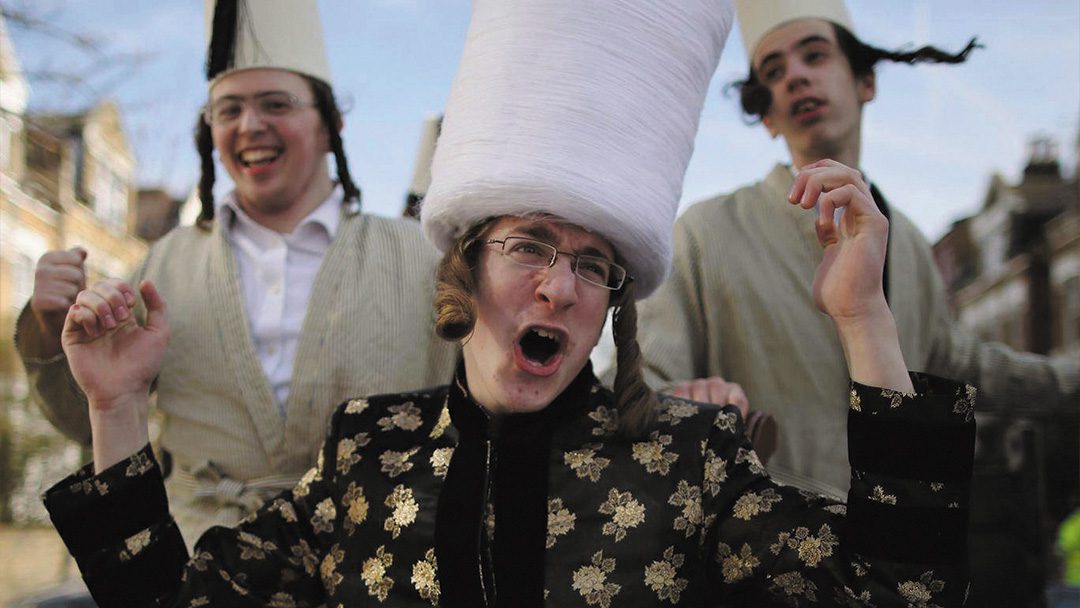


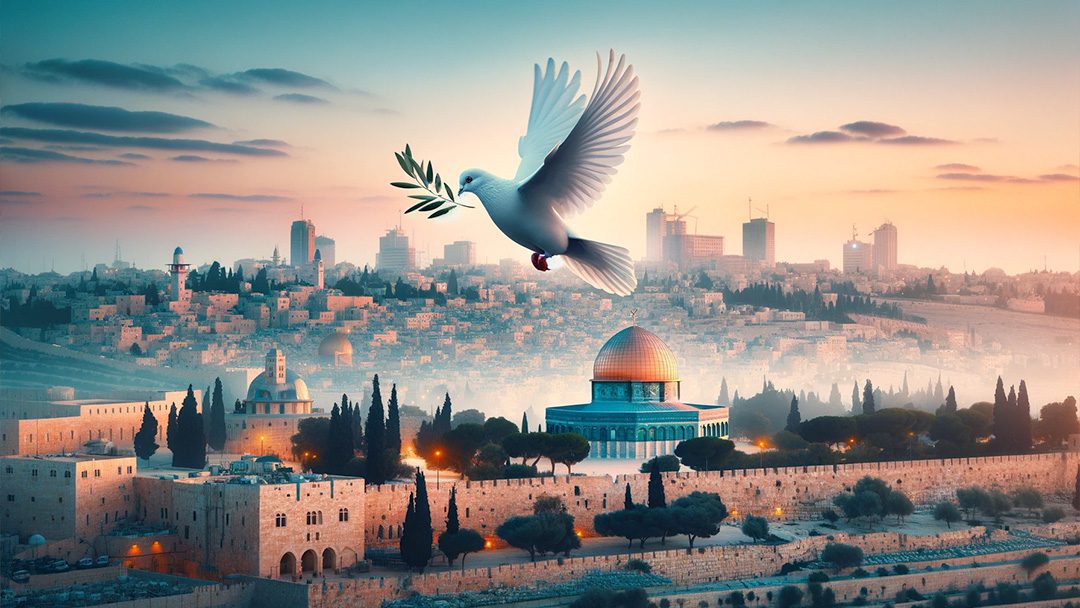
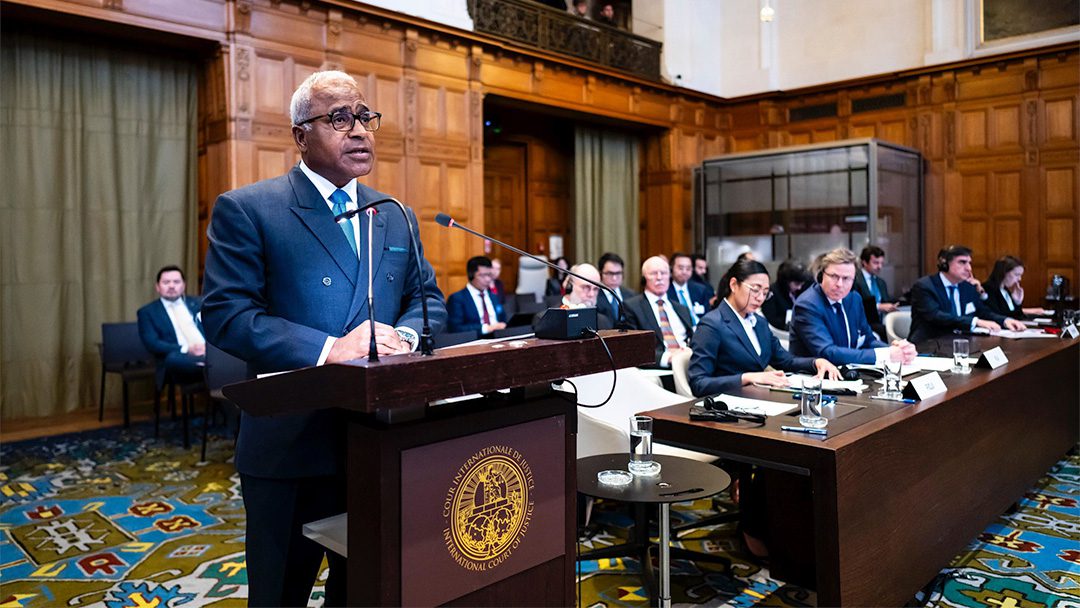

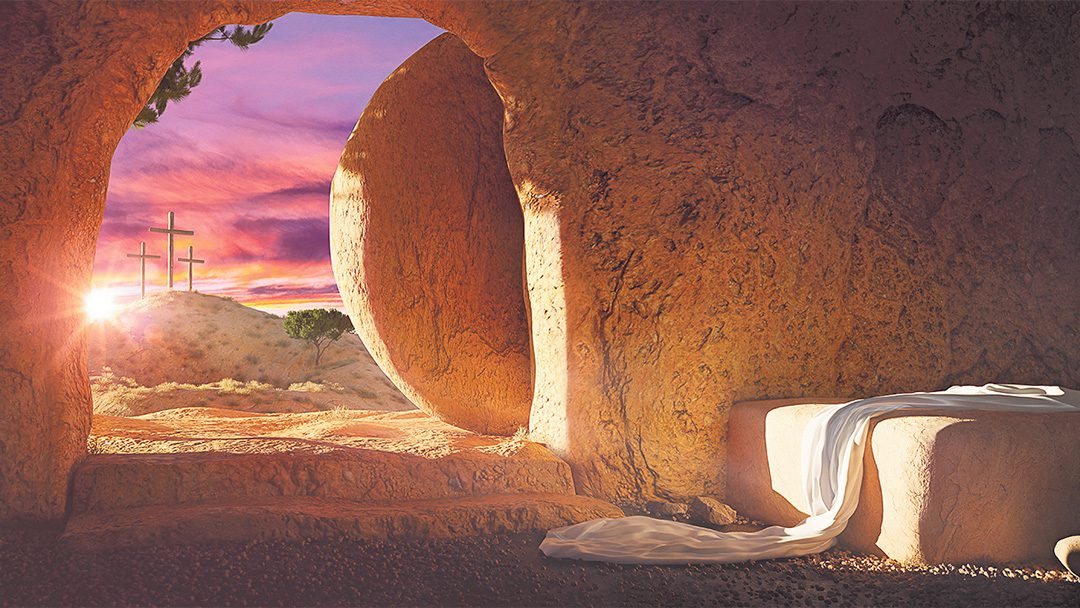

0 Comments